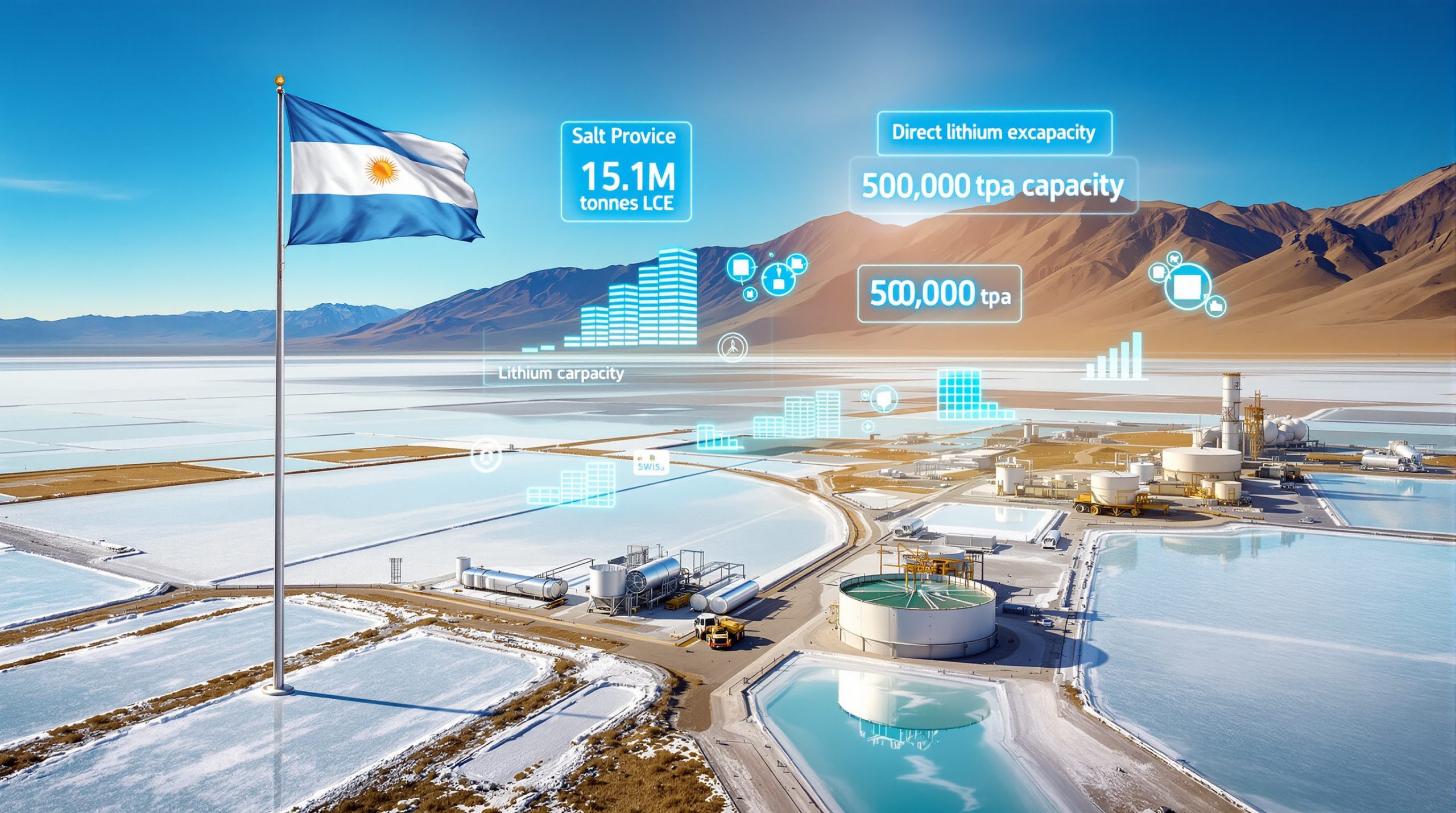Understanding the Core Strategic Challenge Facing Canadian Coal Developers
The strategic dilemma for steel coal developers in Canada represents one of the most complex industrial challenges of the modern era. Canadian metallurgical coal operations occupy a unique position in global steel production, where traditional market fundamentals increasingly clash with accelerating decarbonisation policies worldwide.
Unlike thermal coal burned for electricity generation, metallurgical coal functions as an essential chemical component in primary steel production. When processed into coke within blast furnaces, it provides three critical functions: thermal energy exceeding 2,000°C, structural support within the furnace chamber, and the carbon chemistry necessary for reducing iron ore to molten iron. This fundamental distinction creates entirely different market dynamics, demand patterns, and economic dependencies compared to power generation coal.
The Distinction Between Metallurgical and Thermal Coal Markets
Canadian coking coal commands substantial price premiums in global markets due to superior quality characteristics that enable more efficient steel production. High-quality metallurgical coal requires specific properties including:
- Fixed carbon content typically ranging 80-85%
- Volatile matter content between 18-22%
- Low sulfur content below 0.6%
- Low phosphorus content under 0.03%
These specifications allow steelmakers to achieve efficient iron reduction while minimising input quantities per tonne of finished steel, creating lasting competitive advantages for Canadian producers despite higher extraction and transportation costs.
Current Market Position and Export Dependencies
Canada ranks as the world's second-largest exporter of metallurgical coal after Australia, with approximately 30 million tonnes exported annually as of 2023. Furthermore, the Asia-Pacific region absorbs roughly 85% of Canadian metallurgical coal exports, with Japan historically representing 20-25% of export volume and China becoming increasingly important despite periodic import restrictions.
| Coal Quality Grade | Canadian Market Share | Primary Destinations | Price vs Thermal Coal |
|---|---|---|---|
| Premium Hard Coking Coal | 15% global supply | Japan, South Korea | 1.8-3.5x higher |
| Semi-Hard Coking Coal | 12% global supply | China, India, Brazil | 1.5-2.2x higher |
| PCI Coal Injection | 8% global supply | Asia-Pacific markets | 1.2-1.8x higher |
Japanese steelmakers maintain long-term purchasing agreements with Canadian producers, with some contracts spanning over 10 years. This reflects the strategic importance of supply security and quality consistency for integrated steel producers operating with just-in-time inventory management systems.
How Are Global Decarbonisation Policies Reshaping Investment Decisions?
The intersection of climate commitments and industrial necessity creates increasingly complex strategic calculations for Canadian developers evaluating new projects or expansion opportunities. Steel coal developers in Canada must now navigate multiple layers of policy pressure simultaneously affecting project economics and market access.
Regulatory Framework Evolution in Canada
The Canada energy transition significantly impacts project viability through multiple mechanisms:
- Enhanced environmental assessments under the Impact Assessment Act require comprehensive climate impact analysis
- Federal carbon pricing reaches CAD $85 per tonne CO2 equivalent by 2030, adding direct operational costs
- Net-zero emissions commitment by 2050 creates uncertainty for long-term project economics
- Provincial regulatory variations between British Columbia and Alberta create jurisdictional complexity
The Impact Assessment Act (2019) replaced previous environmental legislation with expanded requirements including lifecycle greenhouse gas emissions assessment, climate resilience evaluation of project infrastructure, and mandatory alignment analysis with Canada's emissions reduction targets.
Coal mining projects exceeding 15 million tonnes resource extraction capacity require federal assessment incorporating cumulative climate effects and detailed mitigation strategies.
International Market Policy Pressures
European Union Carbon Border Adjustment Mechanism (CBAM) implementation beginning January 2026 will impose carbon costs on steel imports, fundamentally altering competitive dynamics for Canadian coal customers. CBAM requires steel importers to purchase certificates at prices linked to EU emissions allowance costs, with typical blast furnace steel carrying embedded emissions of 2-3 tonnes CO2 per tonne of finished product.
A 2-million-tonne annual European blast furnace operation faces estimated carbon costs of EUR €80-120 million annually under CBAM, creating powerful incentives for steelmakers to source lower-carbon inputs or transition production methods.
Moreover, global coal reserves across major export markets compound policy pressures:
- Japan's carbon neutrality by 2050 includes steel sector emissions reduction targets of 30% by 2030 and 50% by 2050
- South Korea's Green New Deal emphasises hydrogen economy development and renewable energy integration
- China's dual control policy limits energy-intensive production while targeting carbon neutrality by 2060
These policy frameworks drive technological substitution and demand reduction across Canadian coal's primary export markets, creating structural headwinds for traditional coking coal demand.
What Role Does Technology Innovation Play in Strategic Planning?
Steel coal developers in Canada increasingly recognise technological advancement as both opportunity and existential threat to traditional blast furnace steelmaking. Consequently, alternative steel production methods gaining commercial viability threaten to displace coking coal demand over project operational lifespans.
Emerging Steel Production Technologies
Hydrogen-based Direct Reduction (H2-DRI) represents the most significant long-term threat to metallurgical coal demand. Multiple pilot projects operate globally, including ThyssenKrupp's German facility producing direct reduced iron since 2022 and Sweden's HYBRIT project targeting commercialisation by 2030.
| Technology | Current Development Status | Commercial Timeline | Coal Demand Impact |
|---|---|---|---|
| Hydrogen Direct Reduction | Pilot projects operational | 2028-2032 first commercial plants | 10-20% displacement by 2035 |
| Electric Arc Furnace Expansion | Commercially mature | Immediate scaling possible | 2-3% coal demand reduction per 1% EAF growth |
| Blast Furnace Carbon Capture | Early demonstration phase | 2030-2035 commercial deployment | 20-30% emissions reduction |
| Scrap Steel Optimisation | Mature technology | Immediate implementation | 15-25% coal demand reduction potential |
Electric Arc Furnace (EAF) expansion presents more immediate displacement risk. Global EAF production increased from 26% to 28% of total steel output between 2019-2023, with scrap steel availability constraining growth to approximately 35-40% of global production by 2050.
Canadian Innovation Response Strategies
Forward-thinking Canadian developers implement technological adaptation approaches alongside mining innovation trends:
Carbon capture integration at mine sites represents the most capital-intensive defensive strategy. While no commercial-scale blast furnace carbon capture systems operate globally, demonstration projects advance in Germany and other jurisdictions with potential 20-30% emissions reduction capability.
Operational electrification leverages Canada's clean provincial electricity grids for equipment and processing operations. British Columbia and Alberta's renewable energy capacity enables substantial emissions reduction through equipment electrification compared to diesel-powered alternatives.
Methane recovery systems capture fugitive emissions from coal seams for power generation or flaring, addressing one of the most potent greenhouse gas sources in coal mining operations.
How Do Financial Market Dynamics Influence Development Decisions?
The transformation of global capital markets around Environmental, Social, and Governance (ESG) principles fundamentally alters financing availability for steel coal developers in Canada. Furthermore, traditional project economics must now incorporate capital access premiums and insurance availability constraints.
Capital Access Challenges and Opportunities
Industry consolidation pressures implemented by major financial institutions create structural financing challenges:
- Major banks including RBC, TD, and international lenders implement coal exclusion policies
- Insurance companies restrict coverage availability for new coal projects
- Institutional investors actively divest from coal-exposed assets regardless of metallurgical versus thermal distinction
- Premium pricing applies to projects demonstrating credible decarbonisation pathways
The financial community often fails to distinguish between metallurgical and thermal coal applications, creating blanket restrictions that affect both market segments equally despite their fundamentally different industrial purposes.
Investment Risk Assessment Framework
Project viability assessment requires comprehensive risk modelling across multiple dimensions:
Projects initiated today must remain economically viable through 30-40 year operational lifespans while navigating accelerating technological substitution and policy changes affecting both operational costs and market demand.
Quantitative risk factors demanding detailed analysis include:
- Stranded asset potential as steel industry adopts alternative production methods
- Regulatory compliance costs escalating through project operational lifetime
- Market demand volatility from technological displacement and policy-driven substitution
- Currency exposure affecting export competitiveness in USD-denominated global markets
Which Strategic Responses Are Canadian Developers Implementing?
Steel coal developers in Canada adopt multifaceted approaches positioning operations for various future scenarios rather than single-outcome optimisation. However, successful strategies integrate defensive measures with offensive market positioning.
Premium Product Positioning Strategy
Value proposition enhancement focuses on efficiency and emissions intensity advantages:
- Superior coal quality marketing emphasises reduced input requirements per tonne of steel produced
- Specialised blend development creates customer-specific applications maximising furnace efficiency
- Emissions intensity focus highlights lower carbon footprint per tonne of finished steel
- Strategic partnership development with progressive steelmakers pursuing gradual decarbonisation
Canadian producers leverage consistent quality metrics and reliability advantages to justify price premiums and secure long-term supply agreements even as overall market demand faces pressure.
Operational Excellence and Emissions Reduction
In addition, sustainable mining transformation priorities for existing operations follow phased approaches:
Immediate efficiency gains:
- Equipment electrification utilising clean provincial grid electricity
- Methane capture systems reducing fugitive emissions
- Transportation optimisation minimising logistics-related emissions
Medium-term technological integration:
- Carbon capture pilot project development
- Renewable energy integration for mining operations
- Advanced coal processing techniques improving final product quality
Long-term transformation planning:
- Critical minerals extraction diversification
- Alternative land use development for post-mining economic activity
- Workforce transition and skills development programmes
What Market Scenarios Should Developers Plan For?
Strategic planning for steel coal developers in Canada requires consideration of multiple potential futures rather than linear demand projections. For instance, scenario planning enables adaptive management approaches accommodating uncertainty.
Scenario Planning Framework
High-demand scenario (2025-2035) assumptions:
- Global steel demand grows 2-3% annually driven by developing economy infrastructure
- Alternative technology adoption proceeds gradually without breakthrough acceleration
- Canadian coal maintains market share through quality advantages and reliability
- Carbon pricing remains manageable through operational efficiency improvements
Transition scenario (2025-2040) characteristics:
- Steel demand growth moderates to 1-2% annually as developed economies mature
- Alternative technologies capture 30-40% market share by 2035
- Significant price premiums develop for lowest-emissions coal sources
- Industry consolidation reduces viable operation numbers while concentrating market share
Rapid transformation scenario (2025-2030) implications:
- Technological breakthroughs accelerate hydrogen-based steel adoption
- Carbon pricing and environmental regulations make traditional steel economically unviable
- Massive stranded asset risks affect coal-dependent regional economies
- Survival limited to most efficient, lowest-emission producers with diversified operations
Strategic Flexibility Requirements
Adaptive management capabilities essential for scenario navigation include:
- Modular development structures enabling production capacity adjustment
- Geographic market diversification reducing dependency on specific regions
- Technology partnership networks facilitating rapid innovation adoption
- Financial structure flexibility accommodating multiple outcome scenarios
How Can Developers Balance Economic Viability with Environmental Responsibility?
The most successful approaches for steel coal developers in Canada integrate environmental performance as competitive advantage rather than treating sustainability as compliance cost. This strategic reorientation enables market differentiation whilst building resilience against policy changes.
Integrated Value Creation Models
Comprehensive stakeholder engagement forms the foundation for sustainable operations:
- Community partnership development ensures social licence maintenance through transparent engagement
- Indigenous reconciliation agreements create economic partnerships respecting traditional territories
- Biodiversity conservation programmes demonstrate environmental stewardship beyond regulatory minimums
- Regional economic diversification contributions extend beyond direct mining employment
Measuring Success Beyond Traditional Metrics
Expanded performance indicators better capture integrated value creation:
- Emissions intensity per tonne of steel production enabled by coal supplies
- Sustainability certification percentage of total production meeting recognised standards
- Customer environmental satisfaction scores reflecting supply chain partnership quality
- Community engagement effectiveness measured through independent stakeholder assessment
These metrics enable demonstration of alignment with broader sustainability objectives whilst maintaining economic performance focus.
What Does the Future Hold for Canadian Metallurgical Coal Development?
The evolution of steel coal developers in Canada will likely follow strategic consolidation patterns around the most operationally efficient and environmentally progressive operations. Complete industry elimination appears less probable than fundamental transformation toward specialised, high-performance niche applications.
Industry Transformation Timeline
2025-2030: Optimisation and Efficiency Phase
- Operational excellence focus drives emissions reduction and cost competitiveness
- Selective capacity additions concentrate on highest-quality deposit development
- Carbon capture demonstration projects establish technical and economic viability
- Market consolidation favours premium producers with integrated sustainability strategies
2030-2040: Technology Integration Phase
- Commercial carbon capture deployment at leading operations
- Hybrid business models combining traditional mining with alternative material production
- Critical minerals diversification utilising existing infrastructure and expertise
- Workforce transition programmes preparing for post-coal economic activities
2040+: Specialised Market Phase
- Niche applications for highest-quality metallurgical coal in specialised steel production
- Fully integrated materials and technology companies serving multiple industrial sectors
- Circular economy integration supporting steel recycling and alternative material flows
- Complete transformation of regional economic base incorporating mining heritage with new industries
Success Factors for Long-term Viability
Critical capabilities determining survival through industry transformation include:
Technological adaptability enabling rapid innovation adoption and operational flexibility as market conditions change.
Financial resilience providing capital access and cash flow stability during volatile transition periods affecting global commodity markets.
Stakeholder relationship excellence maintaining community support, regulatory approval, and customer loyalty through transparent, collaborative approaches.
Operational efficiency leadership positioning operations within the lowest quartile of global production costs whilst achieving superior environmental performance.
The strategic dilemma for steel coal developers in Canada ultimately requires embracing fundamental transformation rather than defending traditional business models. Success depends on positioning current operations as bridges to lower-carbon industrial futures whilst systematically building capabilities for post-coal economic activities that leverage existing infrastructure, workforce expertise, and community relationships.
Disclaimer: This analysis contains forward-looking statements and projections based on current market conditions, policy frameworks, and technological development timelines. Actual outcomes may vary significantly due to technological breakthroughs, policy changes, market disruptions, or other factors beyond current forecasting capabilities. Investment and business decisions should incorporate comprehensive due diligence and professional advisory services.
Looking to Capitalise on Canadian Mining Opportunities?
Discovery Alert's proprietary Discovery IQ model delivers instant notifications on significant ASX mineral discoveries, helping investors identify actionable opportunities across mining and exploration sectors before the broader market responds. With Canada's evolving resource landscape creating new investment dynamics, understanding how major mineral discoveries can generate substantial returns becomes increasingly valuable by exploring Discovery Alert's dedicated discoveries page, which showcases historic examples of exceptional market outcomes.




